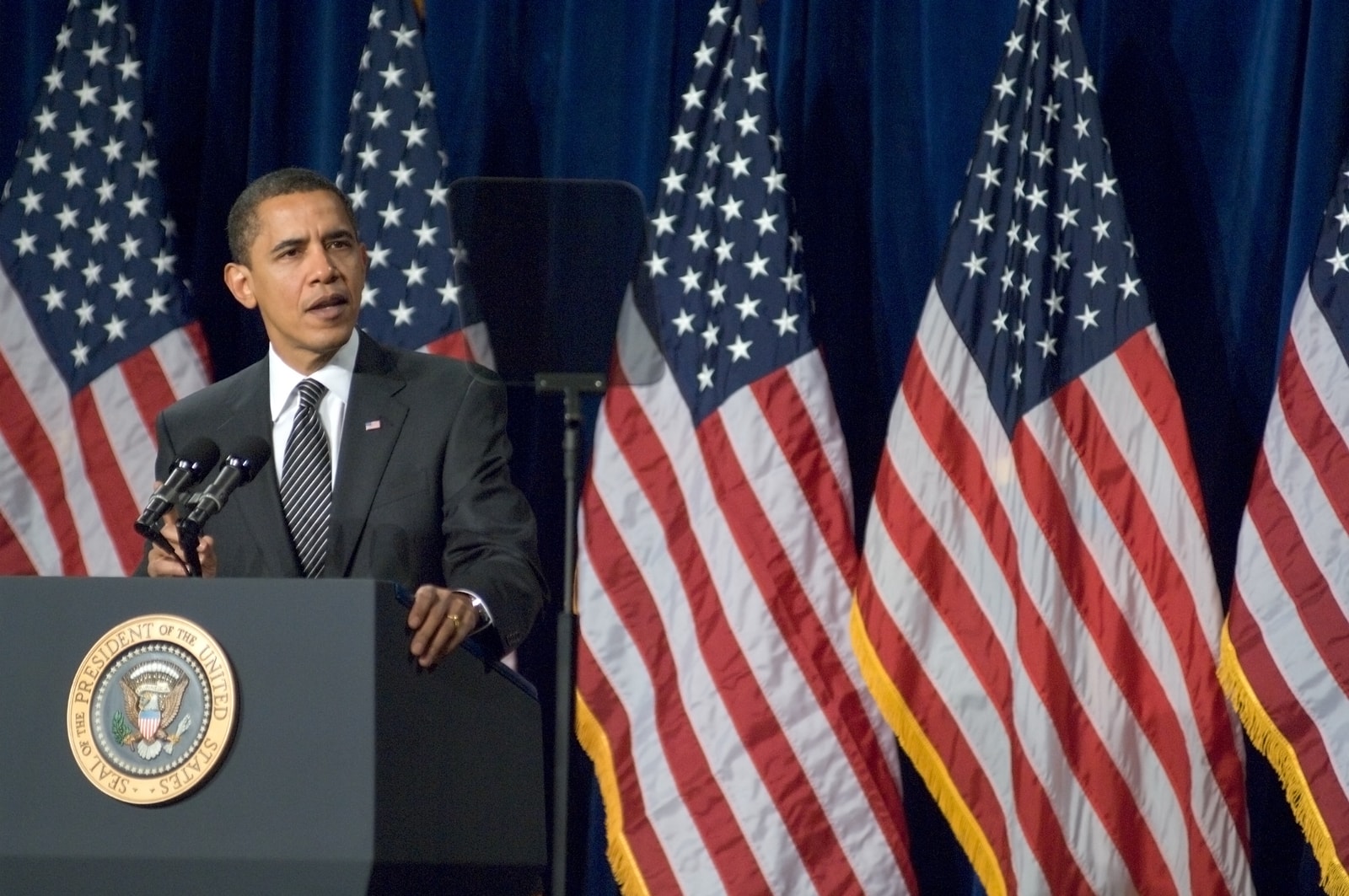
In response to a fast-growing epidemic of prescription drug and heroin abuse, President Obama announced new initiatives designed to enable doctors to more easily use anti-addiction drugs.
The White House will allow physicians to prescribe buprenorphine – a drug used in combination with behavioral treatment to manage and ease an addict’s withdrawal and recovery from opioids – to 200 patients, a doubling of the current 100-patient cap.
“Expanding access to medication-assisted treatment for opioid-use disorders has been a top priority for this administration,” said Michael Botticelli, director of the White House Office of National Drug Control Policy. “Research clearly shows that this approach, when combined with behavioral therapies, is more effective at sustaining recovery and preventing overdose.”
Overdose deaths tied to opioids – street drugs such as heroin and prescription drugs including oxycodone and hydrocodone – climbed 14% between 2013 and 2014.
The Centers for Disease Control and Prevention (CDC) said drug overdoses in 2014 were at an all-time high, with more than six in 10 overdose deaths involving opioids. Nearly 500,000 people died from drug overdoses between 2000 and 2014. According to the CDC, an opioid overdose occurs every 19 minutes.
Other Obama initiatives will expand addiction treatment, as well as increase mental health and substance abuse services coverage. These initiatives build upon a recently announced proposal seeking $1.1 billion in new funding.
You Might Also Enjoy: American Heroin Part 1: A Nation in Pain
Other initiatives
The initiatives announced by the White House include the following:
- Issuing $94 million in new funding for increased substance use disorder treatment services at 271 community health centers.
- Releasing $11 million in new funding for the Substance Abuse and Mental Health Services Administration (SAMHSA) to help fund 11 states with expanded medication-assisted treatment services.
- Creating a Mental Health and Substance Use Disorder Parity Task Force.
- Increasing access to mental health and substance use services for those enrolled in the Children’s Health Insurance Program (CHIP) and Medicaid.
- Expanding public health-public safety partnerships to combat heroin’s spread and also investing $7 million in the COPS Anti-Heroin Task Force Program. Another $1.4 million will go to the Rural Health and Safety Education Grant Program, and new syringe services programs are also being implemented.
In addition, more than 60 medical schools announced that, starting in fall 2016, students will be required to take prescriber education programs about the CDC’s Guideline for Prescribing Opioids for Chronic Pain.
In recent weeks, the Food and Drug Administration announced safety label changes for immediate release opioid pain medications. Those include risk warnings and other labeling changes.
A year ago, the Department of Health and Human Services (HHS) announced it was making $100 million available “to improve and expand the delivery of substance use disorder services, with a focus on medication-assisted treatment for opioid use disorder.”









